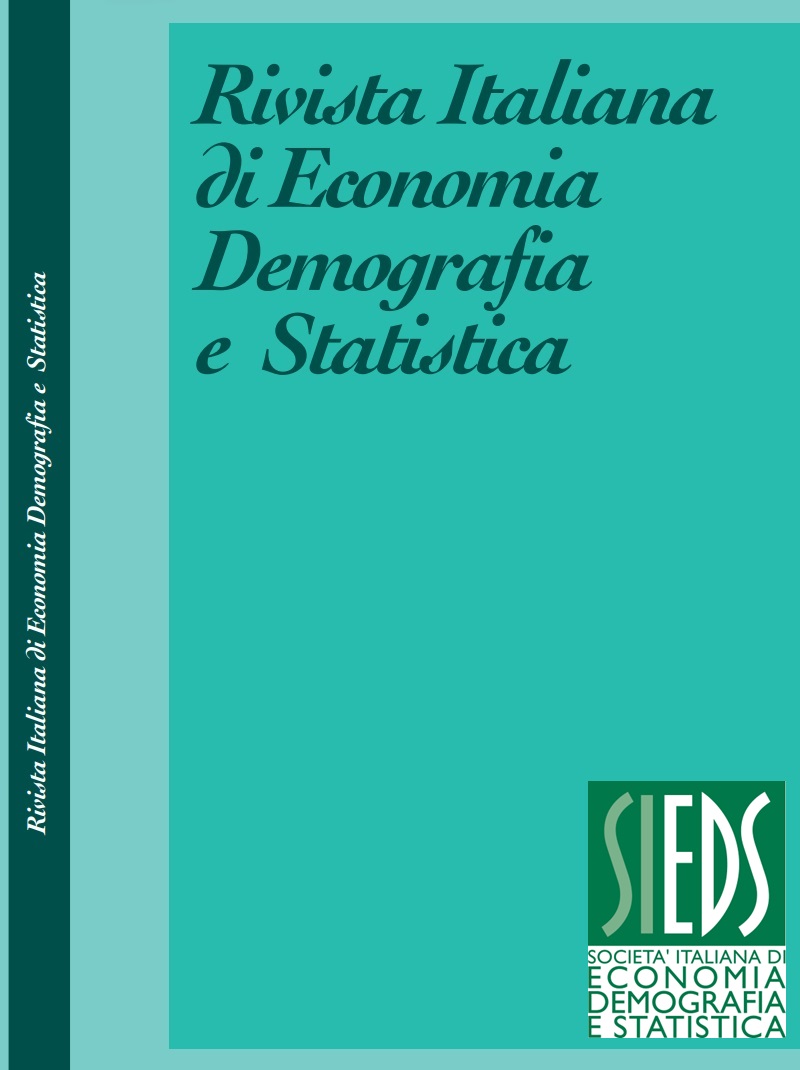Changing family models. the case of the Puglia region
DOI:
https://doi.org/10.71014/sieds.v77i2.181Abstract
Profound demographic and social transformations have affected our country, triggering a gradual reduction in family size. In Italy, the increasing number of families2 has corresponded to a progressive decrease in their size, with an increase in single-person households and a contraction of larger ones. Southern Italy stands out for having experienced a more rapid reduction in the number of family members compared to other parts of the peninsula, as it has gone from 2.7 to 2.5 members per family in the last ten years. Therefore, it was considered essential to investigate this phenomenon, with a focus on Puglia as it represents the typical region in that geographical area. The analysis is based on Istat data, which allow for the reconstruction of the framework of this study, drawing from a wealth of information on individuals, families, and territorial data for Italian regions. However, the complexity of interpreting demographic and social phenomena and their interplay has made it necessary to also utilize other comprehensive sources. This study observes the demographic trend related to the aging of the population within the realm of family size and structure in Puglia, through a retrospective analysis of the past ten years (2013-2022) and a prospective analysis for the next twenty years (2021-2041). The longitudinal observation pays particular attention to the phenomenon of increasing families with at least one member over the age of 60. Furthermore, the comparison between the population in 2021 and the projected population in 2041 shows the demographic and social changes expected in the next twenty years, including models of single-person households with a predominantly female connotation.
Downloads
Published
Issue
Section
License
Copyright (c) 2023 Raffaella Rubino, Arjeta Veshi

This work is licensed under a Creative Commons Attribution 4.0 International License.



